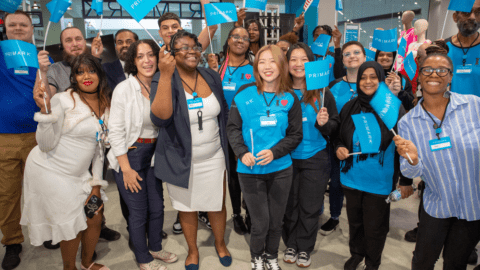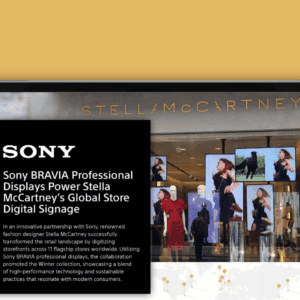As retailers seek to find innovative ways to draw shoppers into individual stores, clustering has become a focus for Merchandise Planners, as noted in the Boston Retail Partners (BRP) 1st Annual Merchandise Planning & Allocation Benchmark Survey. Nearly one quarter of retailers interviewed are using clustering for Bottom-Up Merchandise Planning.
Clustering also supports store assortment planning for more than 80% of retailers, allocation (approximately 60%) and developing store plans (approximately 35%).
Merchants are using a variety of types of data to develop clusters, including (in order): sales volume (close to 75%), store size (close to 60%), store attributes (approximately 55%) and merchandise characteristics (approximately 45%).
“Clustering at the store level is critical as retailers work to meet customer expectations through localization and customer-centric merchandising,” the report stated. “It appears that retailers are focused on improving this area of planning…without major organizational changes. This follows retailers’ general thinking to enhance the organization through technology without adding more staff.”
Merchandise Planning & Allocation Trends
The BRP study noted a number of trends in the area of Merchandise Planning & Allocation (MP&A) among retailers. For example, more than 80% of retailers reported using Forecasting as part of the Merchandise Planning process, but may not roll that data into actual Planning.
Unit Planning has reached saturation among retailers, at approximately 87%, yet BRP noted that “the usage (of Unit Planning) is generally not fully taken advantage of…because unit are generally an afterthought generated from applying historical average unit retail to the planned sales dollars.
In Store Planning, the most successful retailers are developing Store Plans in units and dollars, BRP reported, “which allows for more accurate plans than retailers who plan against just units or just dollars.”
When conducting Assortment Planning, “most retailers are planning against units, with 64% able to tie the plans back to dollars,” BRP noted. “But to fully tie back to the Merchandise Plans, and thus ensure that the product offering and ‘buys’ support the financial goals, Assortment Plans should be converted to dollars.”
One of the key opportunities for many retailers is to implement Space Planning, according to BRP. Just over 33% of retailers currently use Space Planning, and more than 75% of that group do not link Space Plans with Assortment Plans. “Without that, retailers often fall into a less-efficient ‘assort to space’ model,” according to BRP.
To access a complete copy of the report, click here.











